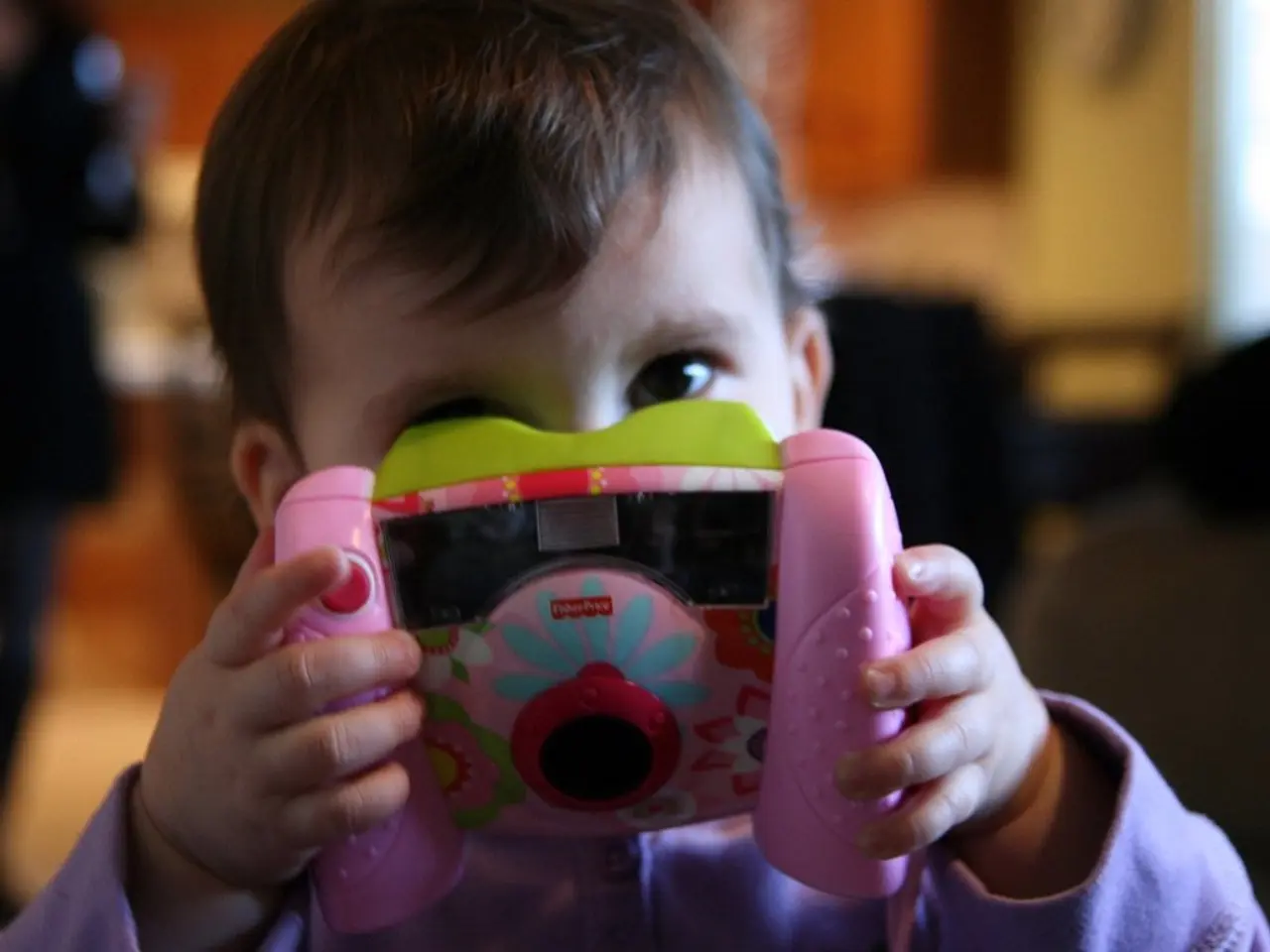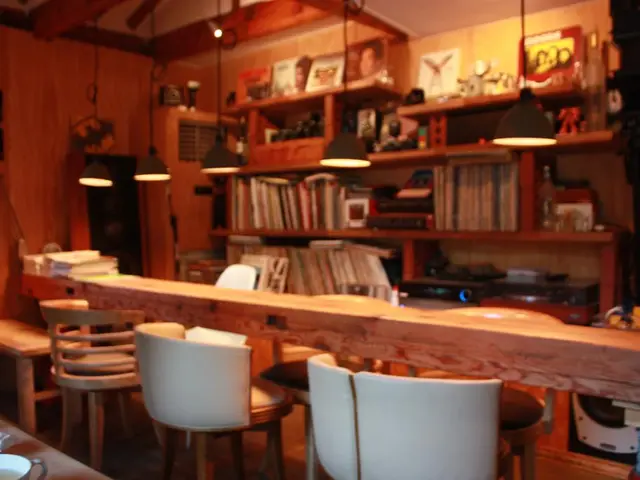Unveiling Adhesive Playthings for Preschoolers
Introducing Glue to Toddlers: A Guide for Parents and Caregivers
Crafting with toddlers can be a fun and educational experience, but introducing glue can sometimes be a challenge. Here are some methods that can help make the process easier and safer for both you and your little one.
School Glue (PVA glue) is a versatile option, but it can be messy and requires close supervision to prevent accidental ingestion and overuse. Teaching toddlers to use small amounts helps control the mess, making it suitable for a wide range of crafts, although it might be less easy for toddlers to manage independently.
Glue Sticks are often recommended for toddlers due to their reduced mess and toxicity. They encourage fine motor skills with simpler application. Educational resources use catchy rhymes and visual guides to help toddlers learn how to use glue sticks safely and effectively.
Glue Sponge is another option that offers a contained way for toddlers to apply glue without handling liquid glue directly, thus reducing mess and potential waste. This method promotes independence and motor skills but may require adult preparation and supervision for refilling the sponge.
Q Tips with Glue enable controlled, small application by dipping a cotton swab into glue and dabbing it onto craft materials. This method reduces mess, helps develop fine motor control, and allows toddlers to apply glue precisely, though it requires close supervision to avoid putting Q Tips in the mouth.
In our experience, the Q Tip method worked best for us. However, it's important to remember that every toddler is unique, and what works for one may not work for another. It's essential to observe your child's comfort and interest with each method and adjust accordingly.
For instance, our toddler, F, initially wanted to "paint" with the glue rather than sticking the pieces. This led us to try other methods, such as the glue sponge, which, while it worked better, F still wanted to remove the sponge and struggled to press the paper onto it. On the other hand, F was comfortable using Q Tips as a utensil to spread the glue.
In conclusion, glue sticks and glue sponges are generally the safest and least messy for toddlers, supporting independence and motor skill development with minimal supervision. School glue can be introduced gradually with clear, simple instructions and supervision to manage mess and safety. Using Q Tips is an excellent technique for fine control but needs careful monitoring. Combining these methods can keep craft activities engaging and safe while helping toddlers learn how to use glue effectively.
Remember, crafting with toddlers should be a fun and educational experience. Don't hesitate to experiment with different methods and materials to find what works best for your child. And don't forget to share your creations with us using the hashtag #toddlers!
[bctt tweet="Introducing Glue to Toddlers - simple hints and tips #toddlers"]
- When considering a 'health-and-wellness' perspective, glue sticks are often recommended for toddlers as they are less messy and toxic, promoting safer use.
- Integrating 'science' into a 'lifestyle' of parenting, educational resources utilize catchy rhymes and visual guides to help toddlers learn to use glue sticks effectively and safely, fostering 'home-and-garden' crafting sessions.
- Encouraging 'family-dynamics' during crafting sessions, using 'relationships' within the family, the Q Tip method offers fine control for toddlers and helps develop motor skills, but it requires close supervision to ensure safety and prevent potential hazards.




